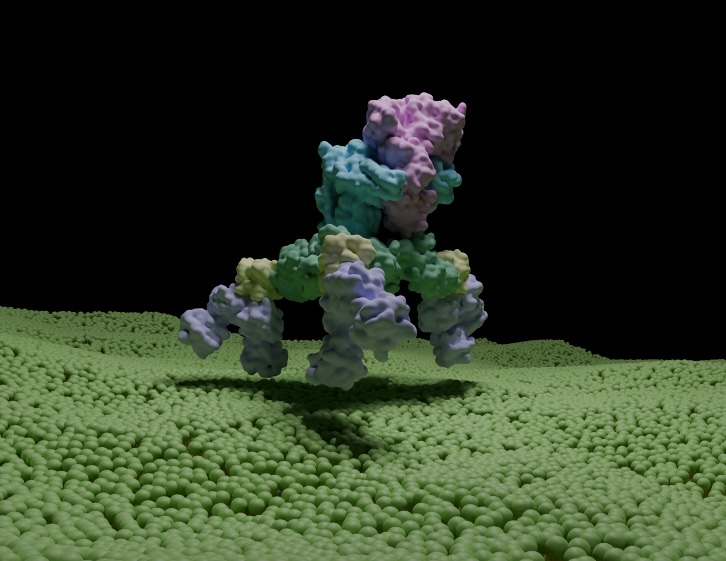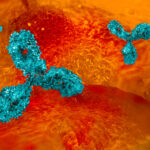Several bacteria from the Clostridium genus produce botulinum neurotoxins—the most potent biological toxins known—that cause botulism by blocking neurotransmitter release from nerves. Typically, the toxin is ingested through food.
However, the toxin also has many medical uses: treating chronic migraine, muscle spasms and severe sweating, as well as for cosmetic purposes. The toxins are classified into eight distinct serotypes based on their ability to be neutralized by serotype-specific antibodies.
Now, researchers at Stockholm University have succeeded in creating a molecular blueprint of how botulinum toxin is structured, stabilized, delivered, and released. The research is published in the scientific journal Science Advances in the paper, “Structure of the complete 14-subunit botulinum neurotoxin B complex reveals a unique anchoring through the narrow central pore of HA70.” This work paves the way for the development of more effective drugs.
”In nature, the toxin does not act alone,” notes Pål Stenmark, PhD, research director and professor of neurochemistry at Stockholm University. “It travels within a large, 14-part protein complex, which shields the toxin from the harsh environment in the gut and helps it cross from the gut into the blood, where the toxin is released to circulate until it finds its ultimate target the connection between the nerves and the muscle.”
For the first time, researchers have now succeeded in visualizing the entire large toxin complex. Using cryo-electron microscopy, the team focused on Botulinum neurotoxin serotype B1.
They report the structure of the complete 14-subunit (780 kDa) progenitor toxin complex (L-PTC) and of five subcomplexes. The authors write that the structures show how the toxin interacts with its associated components in their role to protect and deliver botulinum toxin serotype B1 across epithelial barriers.
More specifically, they note that each subcomplex (including the M-PTC, M-PTC–HA70, NTNH-HA70, and HA70 trimer) “provides detailed understanding of the assembly mechanism, in which the NTNH-nLoop adopts a unique fold that locks the M-PTC into a central pore formed by HA70. The HA subcomplex presents a tripod architecture with flexible legs that may adapt to the rugged cell surface.” Mass photometry, they add, revealed the pH dependence of botulinum toxin release from the complex which is unexpectedly influenced by the presence of HA70.
Taken together, obtaining the structure “offers new opportunities to neutralize the toxin or harness its mechanisms for therapeutic use,” says Stenmark. “But above all, it is very exciting to gain insight into how this complex system works and what it looks like.”



